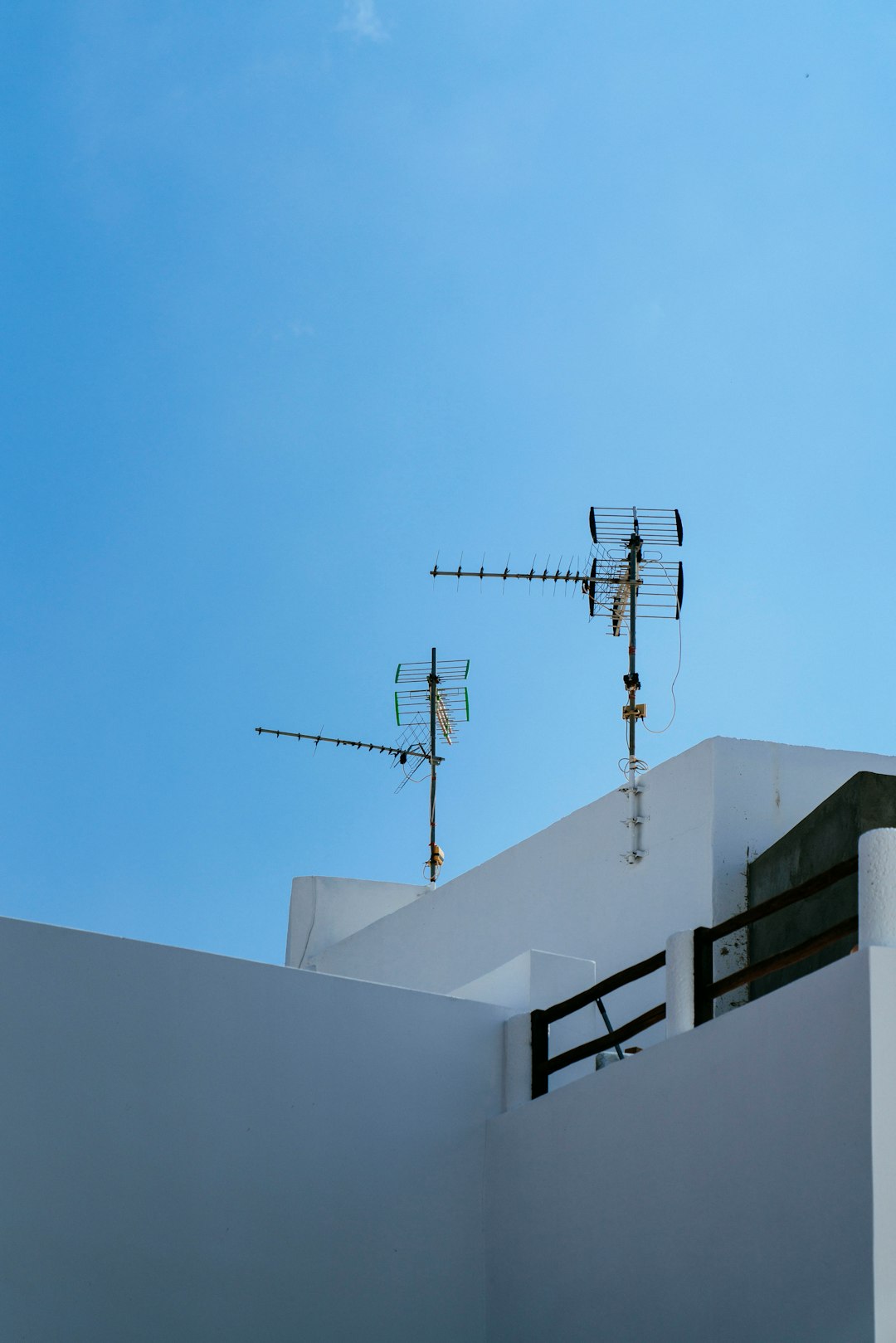A Beginners Guide To

Satellite communication has become an integral part of our modern society. Whether you are a business owner, a government agency, or an individual, having reliable and efficient satellite communication is crucial. One of the key components of any satellite communication system is the Satcom antenna. In this article, we will discuss the importance of choosing the right Satcom antenna for your communication needs and provide you with some tips on how to make the best decision.
0 Picture Gallery: A Beginners Guide To
Firstly, it is important to understand the basic function of a Satcom antenna. Satcom antennas are used to transmit and receive signals between a satellite and a ground station. The antenna plays a critical role in ensuring the quality and reliability of the communication link. Therefore, selecting the right antenna is vital to ensure uninterrupted communication.
When choosing a Satcom antenna, one of the first considerations is the frequency band that it covers. Different satellite communication systems operate in different frequency bands, so it is important to choose an antenna that is compatible with the frequencies used by your communication system. Common frequency bands for Satcom antennas include C-band, Ku-band, and Ka-band.
Another important factor to consider is the gain of the antenna. Antenna gain refers to the ability of the antenna to concentrate the transmitted or received power in a particular direction. Higher gain antennas are generally more desirable as they provide better signal strength and improve the overall performance of the communication system. However, it is essential to balance the antenna gain with other factors such as antenna size and cost.
The size of the Satcom antenna is also a crucial consideration. Larger antennas typically have higher gain and better performance but may be impractical in certain applications where space is limited. On the other hand, smaller antennas are more compact and easier to install but may sacrifice some performance. It is important to assess your specific requirements and choose an antenna size that strikes the right balance between performance and practicality.
When selecting a Satcom antenna, it is also essential to consider the antenna’s beamwidth. The beamwidth determines the coverage area of the antenna and affects the signal strength in different directions. A narrow beamwidth antenna provides concentrated coverage in a specific direction, making it suitable for point-to-point communication. Conversely, a wide beamwidth antenna offers broader coverage but may sacrifice some signal strength.
Lastly, the environmental conditions in which the Satcom antenna will operate should be taken into account. Antennas must be able to withstand various weather conditions, including rain, snow, wind, and extreme temperatures. It is crucial to choose an antenna that is designed to operate reliably in your specific environment to ensure uninterrupted communication.
In conclusion, selecting the right Satcom antenna for your communication needs is crucial for maintaining reliable and efficient satellite communication. Consider factors such as frequency band, antenna gain, size, beamwidth, and environmental conditions to make an informed decision. By choosing the right antenna, you can ensure seamless and uninterrupted communication for your business or personal use.
This post topic: Pets & Animals